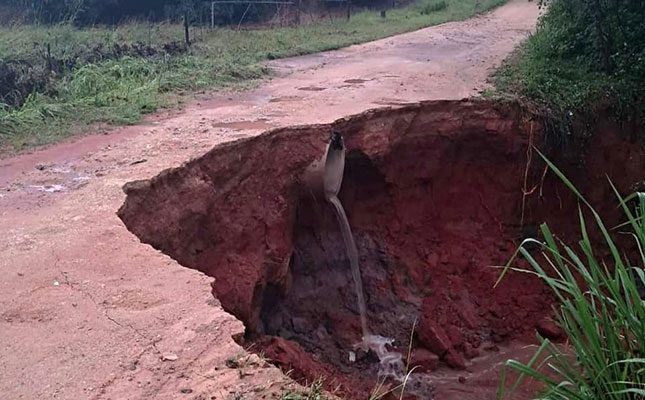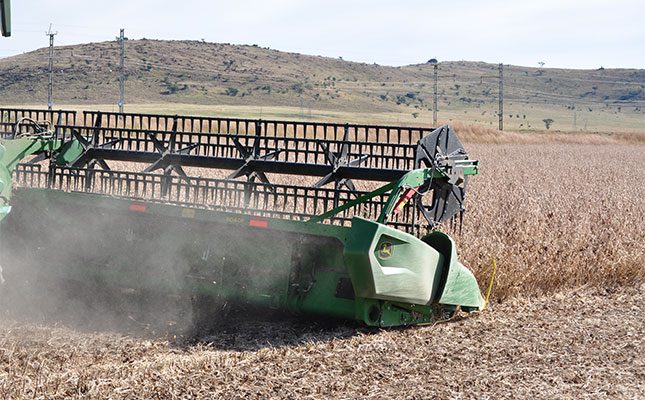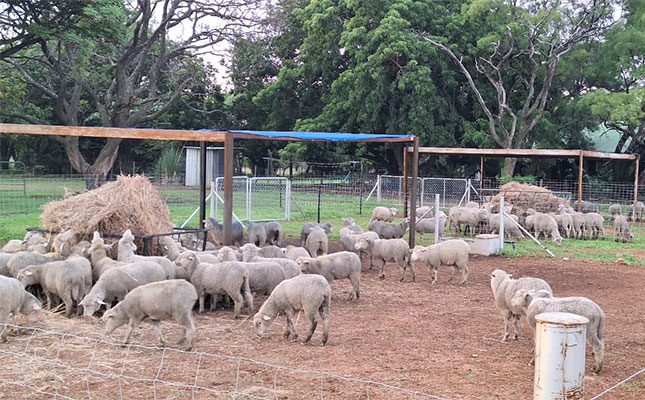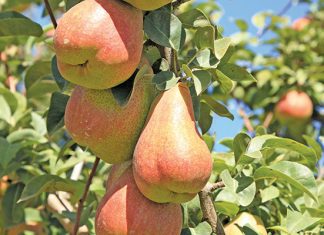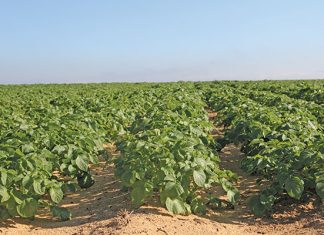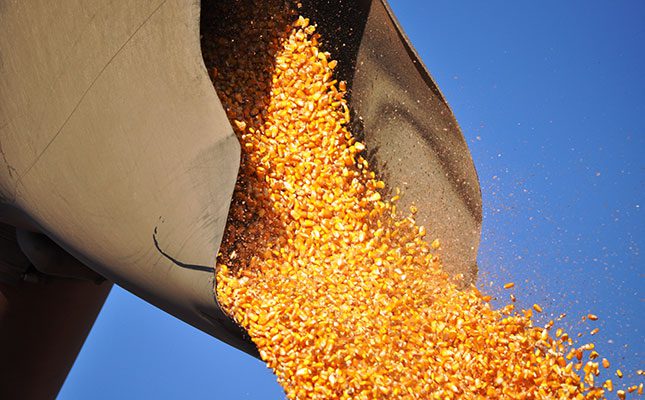
The CEC expects South Africa’s commercial maize crop to amount to 14,56 million tons, which is 4,6% higher than the previous forecast, and about 13% higher than the 12,85 million tons produced last year.
Maize production, nevertheless, remains more than 4% below the five-year average of 15,27 million tons.
White maize production was revised upward by 4% to 7,7 million tons, which is 26% higher than the 6,06 million tons produced the previous season. The estimated planted area stands at 1,6 million hectares, with an expected yield of 4,81t/ha.
Yellow maize production was revised up by 5% to 6,86 million tons, which is 1% higher than the previous year. The estimated area stands at 997 000ha, with an expected yield of 6,88t/ha.
The sunflower estimate was increased by 7% to 770 500t, which is 22% higher than last year and more than 5% higher than the five-year average of 732 810t. The estimated area is 555 700ha, while the expected yield is 1,39t/ha.
The soya bean estimate was increased by 2,78% to 2,39 million tons. This is 29% higher than the previous year and about 17% higher than the five-year average of two million tons.
The expected groundnut crop has been increased by 2% to 66 929t, up 29% on last year’s 52 000t. The estimated area is 48 125ha, with an expected yield of 1,39t/ha.
The production forecast for sorghum has been increased by 6% to 137 435t, up 40% on last year’s 98 000t. The area estimate for sorghum stands at 41 150ha, with an expected yield of 3,34t/ha.
The dry bean production forecast increased by 4% to 79 007t, up 56% on last year’s 50 495t. The estimated area is 45 620ha, with an expected yield of 1,73t/ha.
Marguerite Pienaar, economist at Grain SA, told Farmer’s Weekly that the general feeling in most parts of the summer rainfall region was that this season will be better than the 2023/24 season.
In regions such as Brits in North West and Thabazimbi in Limpopo, however, heavy rains led to flooding that caused enormous damage around the middle of March.
Pienaar identified the weather as farmers’ biggest current concern.
According to Grain SA’s latest Production Conditions Report, rainfall this season was better than last season, but remained slightly under the five-year average, with a lot of variation across regions.
Soil moisture levels have recovered in some regions but remained below 2022/23 levels in other areas and even critically low in parts of the Free State, such as Virgina.
Pienaar said follow-up rain was required now, especially in the western parts of the country. Additionally, a risk of early frost was looming.
Higher production may add pressure to prices, but Pienaar said carry-over stock had been tight because of last season’s smaller harvest, especially for maize. New season contracts, nevertheless, were moving away from import parity and closer to export parity.
She said South Africa had exported record volumes of maize to Botswana, Lesotho, Namibia and Eswatini. Volumes exported to these countries this year will greatly depend on South Africa’s production volumes and to what extent these countries have recovered from the drought that negatively affected their harvests last season.


